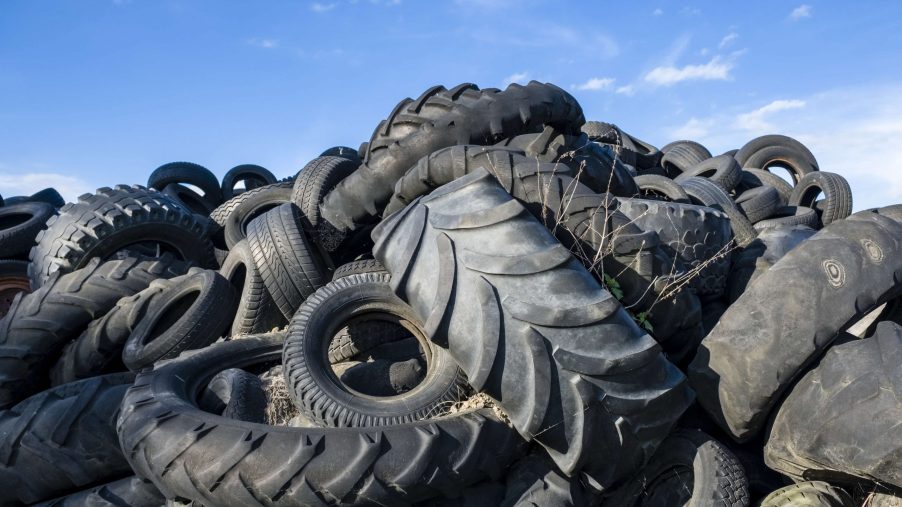
Is It Actually Cheaper to Buy Used Tires?
Buying new tires for your car can be incredibly expensive. And if you find yourself looking for new rubber (especially during this rubber shortage), chances are you’ve thought about purchasing used tires instead. After all, used tires are much cheaper, at least in the beginning. But are used tires really cheaper in the long run than new tires?
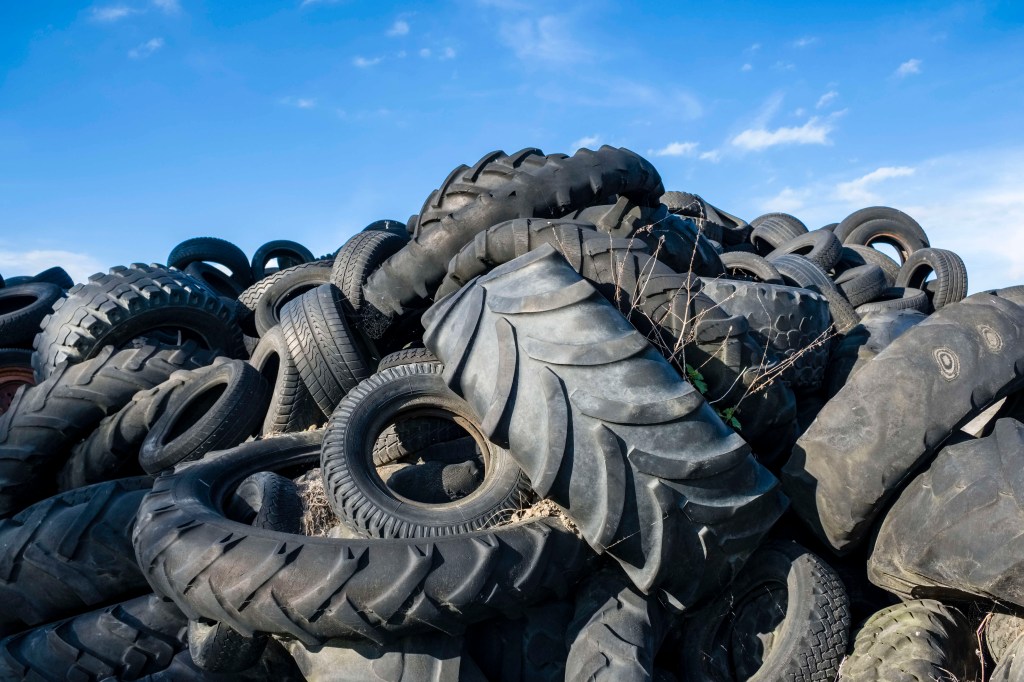
Buying used tires is cheap and environmentally friendly
It’s no secret that used tires cost less than new tires. But an added bonus of buying used tires over new tires is that it’s good for the planet. Throwing away tires makes up a large chunk of pollution, as rubber doesn’t just decompose. But chances are, if you’re buying new tires, you weren’t really considering the environment.
The reality is that used tires are more affordable. With some tires costing well over $100, many people would feel just fine settling for a $50 used tire instead. But there are some risks associated with used tires that you might not know about.
The risks behind purchasing used tires
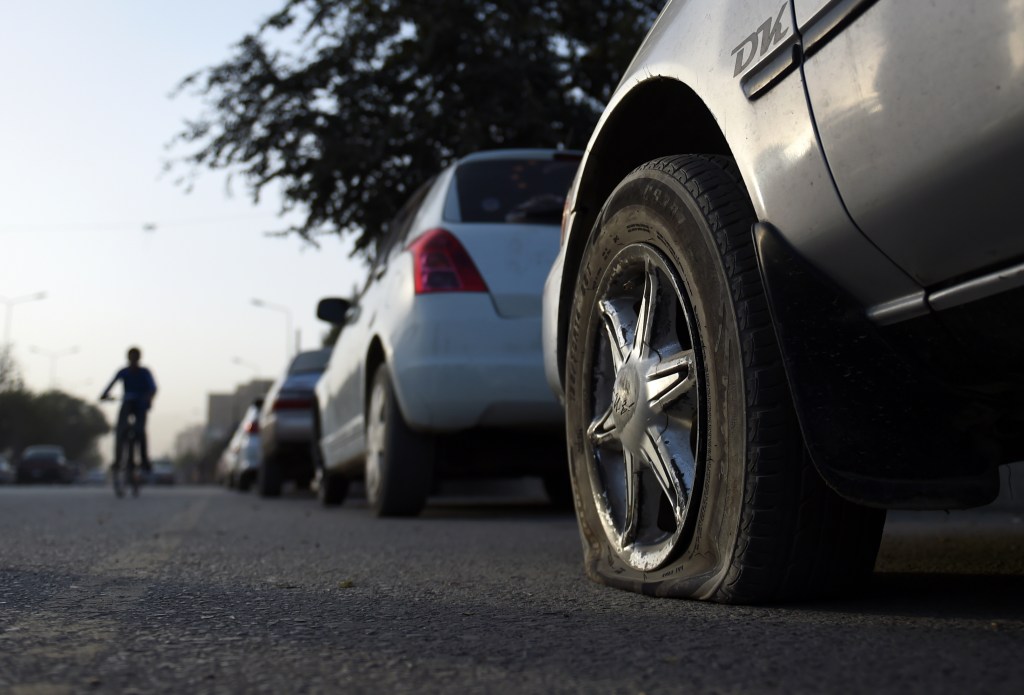
For starters, there’s no good way of knowing if the used tires you’re buying have been popped and plugged in the past. A tire that’s been repaired will work, but is still a compromised tire. And that doesn’t even take into account just how long the tire has been used.
You can easily see how old the tire is by looking at a four-digit number on the sidewall. This number, which is usually circled or embedded, represents the month and the year. Tread Connection explains that you should never buy a used tire that’s over six years old, and you must always make sure the tire passes the 4/32″ rule.
What is the 4/32″ rule?
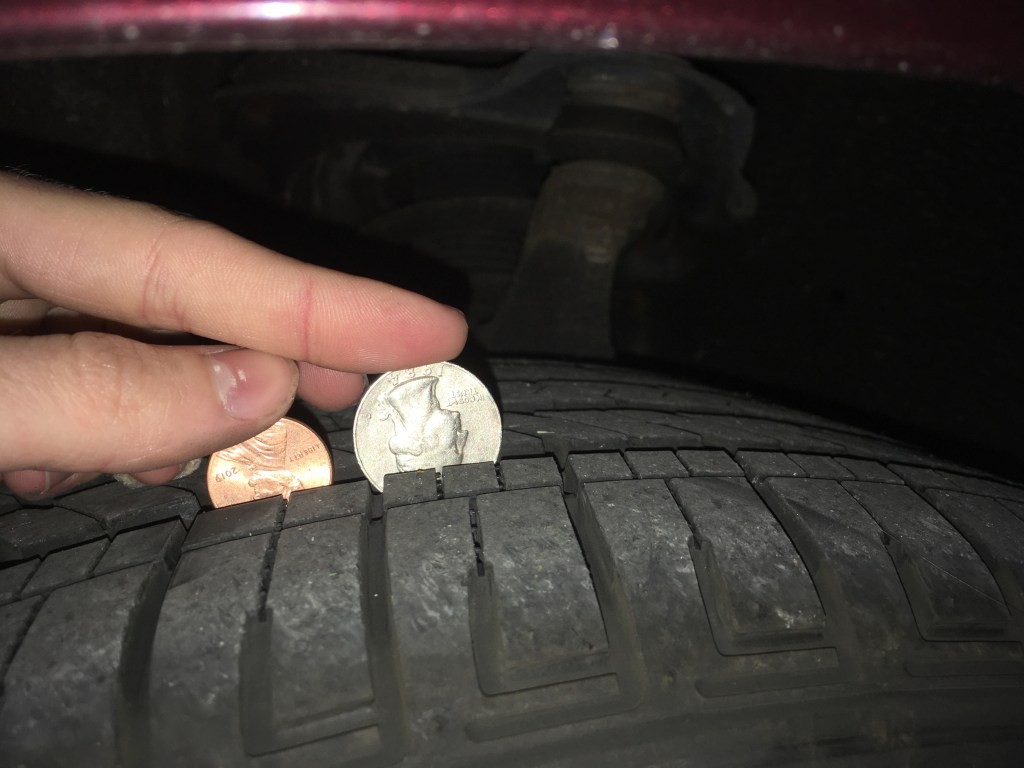
The 4/32″ rule says that a tire should have at least 4/32 inches of tread depth left. The most common method of testing this is by putting a penny inside the tire and seeing if Abe Lincoln gets a haircut. However, many are suggesting you should be doing this test with a quarter rather than a penny. The distance between Washington’s head and the top of the quarter is closer to 4/32″ than Lincoln and the penny.
However, the main reason your car’s tires should pass this test is that more accidents are caused if the tires don’t have enough tread. And if used tires have already lost some tread in their lifetime, it means they’re closer to being in the danger zone. So let’s circle back to the million-dollar question: are used tires cheaper than new tires?
Are used tires cheaper than new tires?
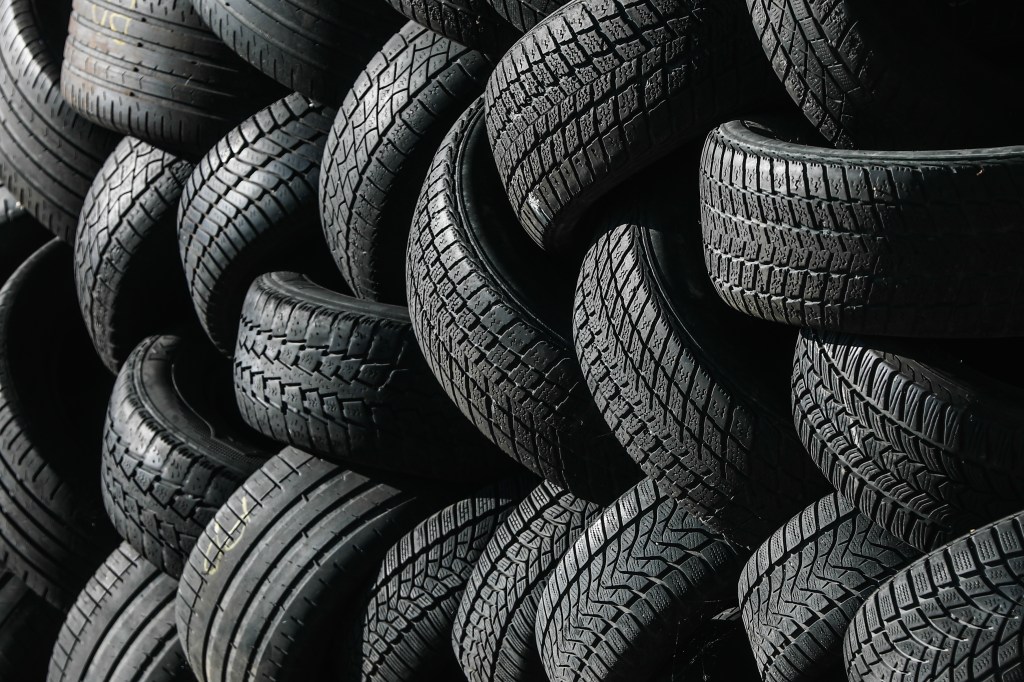
Simply put, no. New tires often have a tread depth of 10/32″ from the factory. Used tires, meanwhile, may have 7/32″ or 6/32″ of tread left. That means you can only keep those used tires on your car half as long as you could if you just bought a set of new tires. In other words, if you buy used tires now, you’ll have to replace them sooner. Otherwise, you’ll risk crashing the car (and in case you didn’t know, car crashes are more expensive than new tires).
If money is truly an issue, which is completely understandable, websites like SimpleTire offer payment plans that’ll help reduce the impact of these new tires on your wallet, while still keeping you safe on the road.
If you’re looking for a full-sized spare tire, then I see no reason not to find a used tire that’ll fit your car. But if you’re looking for a set of tires that you’ll use for thousands of miles, do yourself a favor and buy new.


